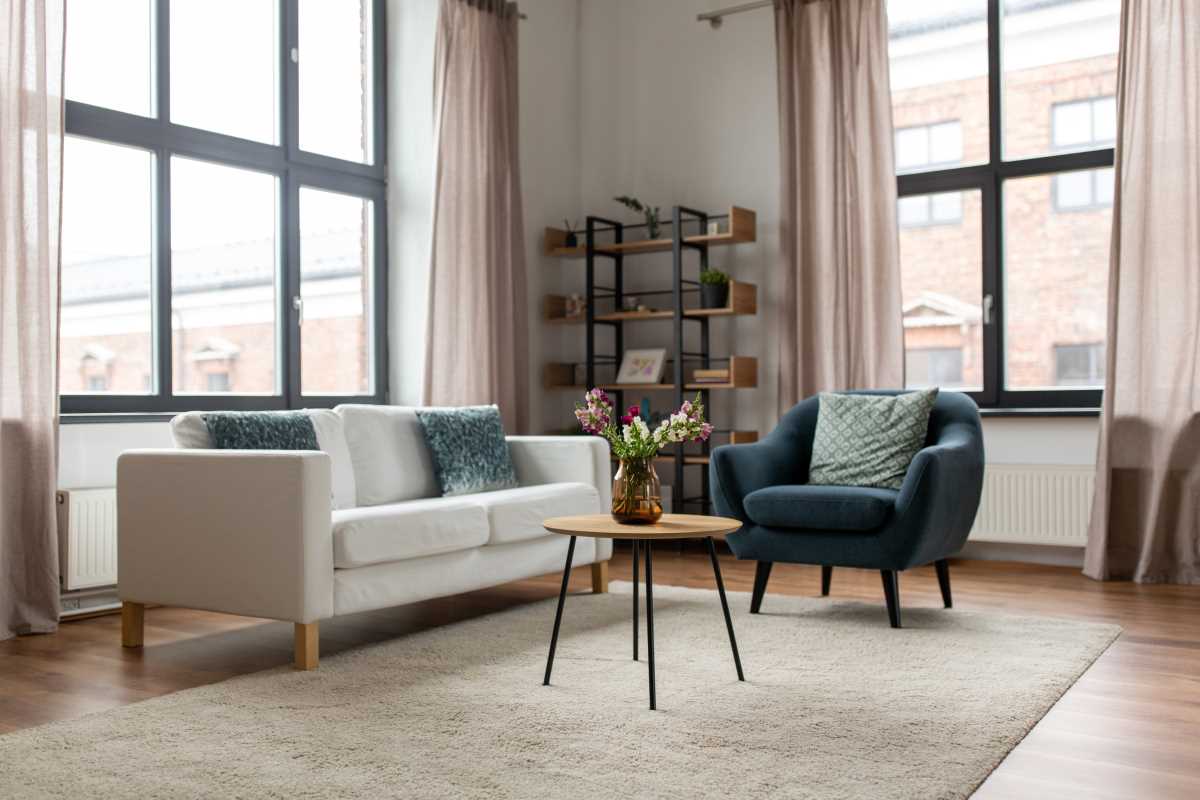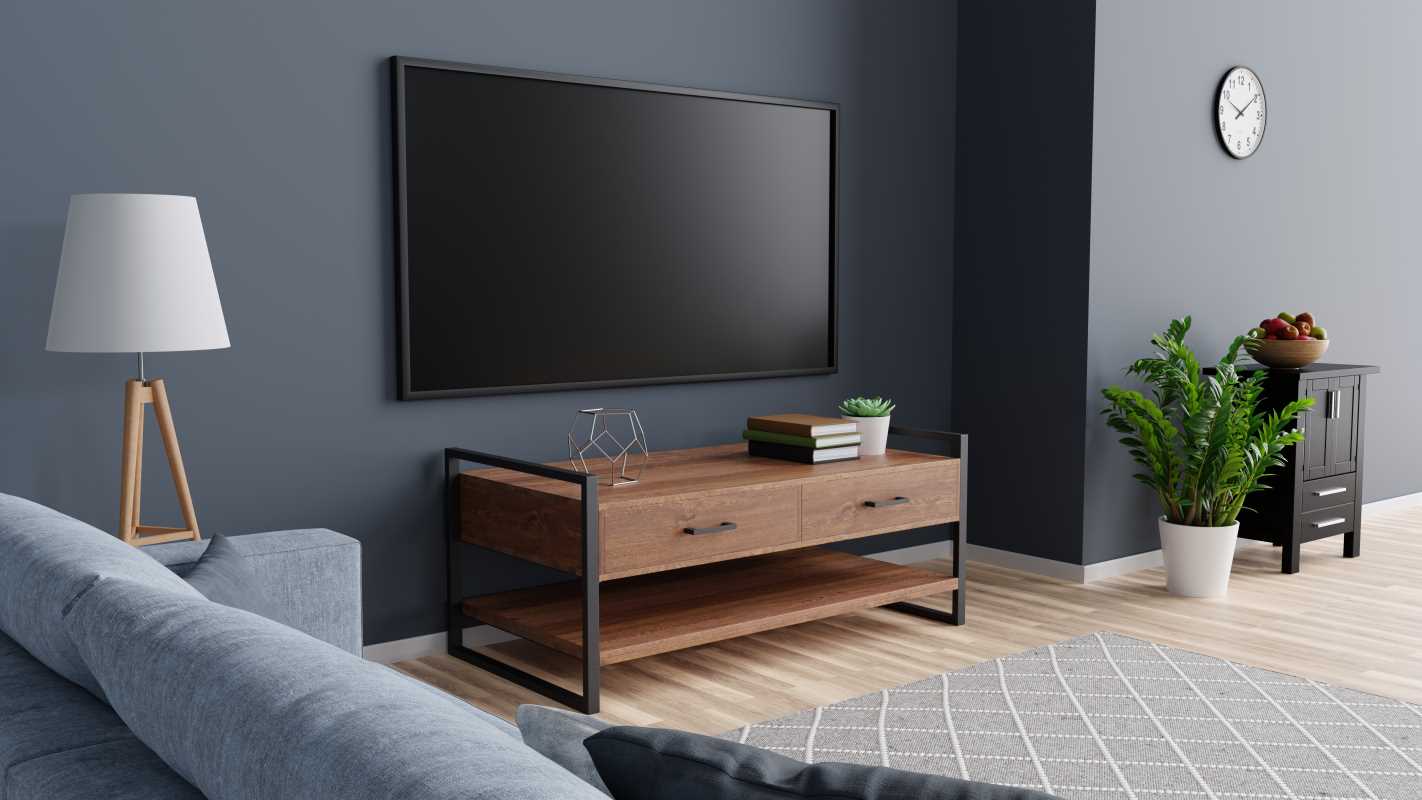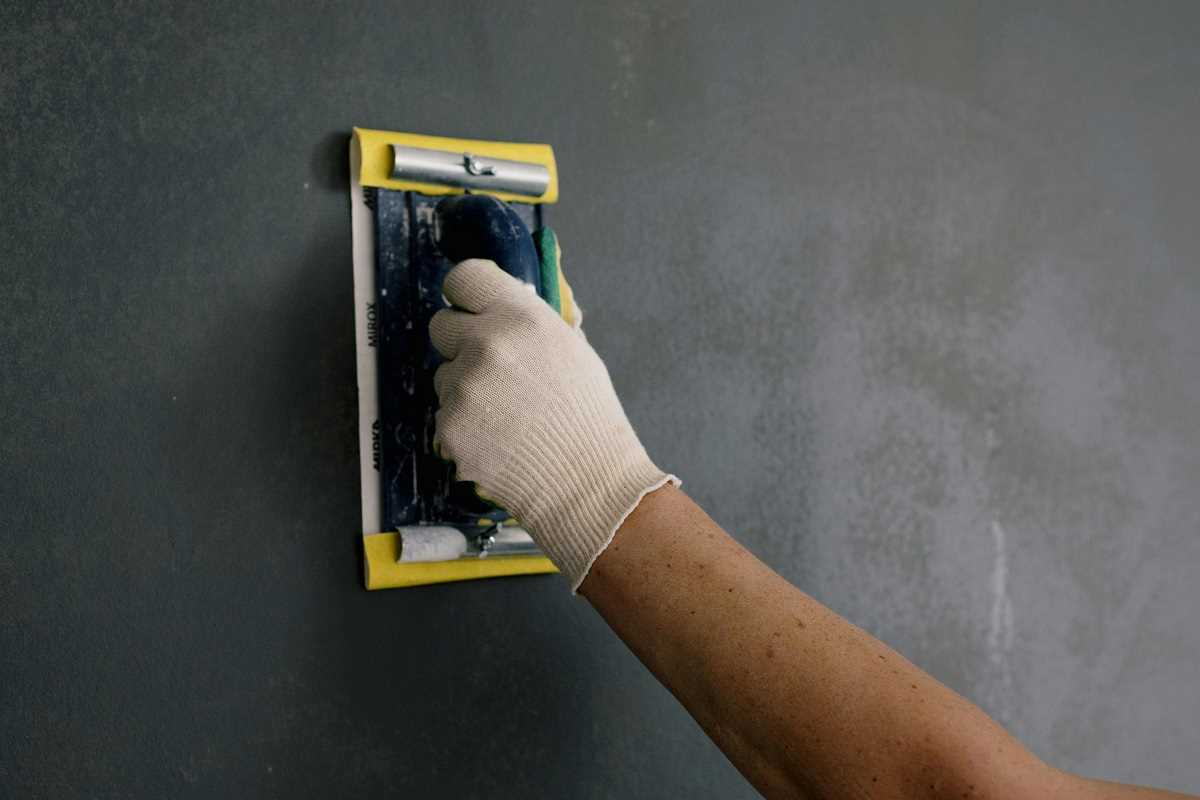Natural and non-toxic materials in your living room help keep the air clean and contribute to a healthier space for all who spend time there. Many common furnishings and finishes release volatile organic compounds (VOCs) that may lead to headaches, allergies, or breathing problems. When you choose eco-friendly alternatives, you minimize the presence of these chemicals in your home. Fewer pollutants in the air mean everyone can relax and enjoy the space without worrying about potential health effects. Creating a comfortable and safe environment starts with thoughtful choices about the materials you bring into your living room.
Natural materials also tend to be more sustainable and environmentally friendly. They often come from renewable sources and require less energy to produce. This approach not only benefits the planet but also ensures that your home remains free from synthetic substances that might negatively impact your health and the environment.
- Improved indoor air quality with fewer chemicals
- Lower environmental impact through sustainable sourcing
- Enhanced comfort and warmth due to natural insulation properties
- Support for eco-friendly manufacturing practices
Natural Fabrics for Upholstery and Textiles
Using natural fabrics can make a big difference in creating a cozy, toxin-free living space. These fabrics breathe better, resist odors, and are gentle on the skin. When selecting textiles, consider their durability and ease of cleaning to ensure they last for years to come.
Here are the top choices for natural fabrics:
- Organic cotton: Soft, breathable, and free from pesticides and chemicals, making it ideal for upholstery and cushions.
- Hemp: Known for its strength and durability, hemp fabric also resists pests naturally and requires less water during cultivation.
- Wool: Provides excellent insulation and comfort, especially in colder months, while being naturally resistant to fire and pests.
- Linen: Made from flax plants, linen offers a crisp texture and cool feel, perfect for pillows and curtains.
Choosing these fabrics supports a healthier home environment and adds a natural aesthetic to your living spaces.
Sustainable Wood Options for Furniture and Flooring
Opting for sustainably sourced wood gives your living room a warm, natural look while minimizing environmental harm. Look for certifications like FSC (Forest Stewardship Council) to ensure the wood comes from responsibly managed forests. Solid wood pieces tend to last longer and can often be refinished, extending their lifespan.
Reclaimed wood offers a charming, eco-friendly alternative by repurposing old timber for new furniture and flooring. It adds character and history to your space, making each piece unique. Bamboo, a highly renewable grass, also makes an excellent choice for flooring and furniture, as it grows quickly and absorbs carbon rapidly.
- Sustainably harvested hardwoods with FSC certification
- Reclaimed wood for a rustic, vintage look
- Bamboo for a fast-growing, eco-friendly flooring option
Eco-Friendly Insulation and Finishes
Proper insulation and finishes keep your living room comfortable without introducing harmful substances. Use natural insulation materials like wool, cellulose made from recycled paper, or sheep’s wool batts, which are safe and highly effective. These options help regulate temperature and humidity naturally.
When choosing finishes, look for low-VOC or zero-VOC paints, stains, and sealants. These products emit minimal fumes and are safe for indoor air quality. Consider natural oils and waxes for furniture finishes instead of synthetic varnishes, which often contain toxic chemicals.
- Wool or cellulose insulation for effective, non-toxic thermal regulation
- Low-VOC or zero-VOC paints and stains
- Natural oils and beeswax for furniture finishing
Design Tips for Creating a Cozy Atmosphere
Transform your living room into a welcoming retreat by focusing on warm lighting, soft textures, and layered decor. Use natural fiber rugs and throws to add comfort and visual warmth. Incorporate plants to bring a touch of nature indoors and improve air quality naturally.
Arrange furniture to promote conversation and a sense of intimacy. Opt for plush cushions and soft lighting to make the space inviting. Keep clutter to a minimum and choose decor pieces made from natural, sustainable materials to enhance the earthy feel.
Maintenance and Care of Natural Materials
Maintain the beauty and longevity of natural materials with proper care. Regularly vacuum fabrics and upholstery to remove dust and dirt. Use gentle, eco-friendly cleaners suitable for natural fabrics and finishes to avoid damaging their fibers or coatings.
For wooden furniture and flooring, avoid excessive water and use natural cleaning products. Reapply natural oils and waxes periodically to keep surfaces conditioned and protected. Proper care ensures that your natural materials remain vibrant and healthy for years to come.
Choose natural materials and maintain your space regularly to create a cozy, non-toxic living room that is safe and attractive for everyone.
 (Image via
(Image via





